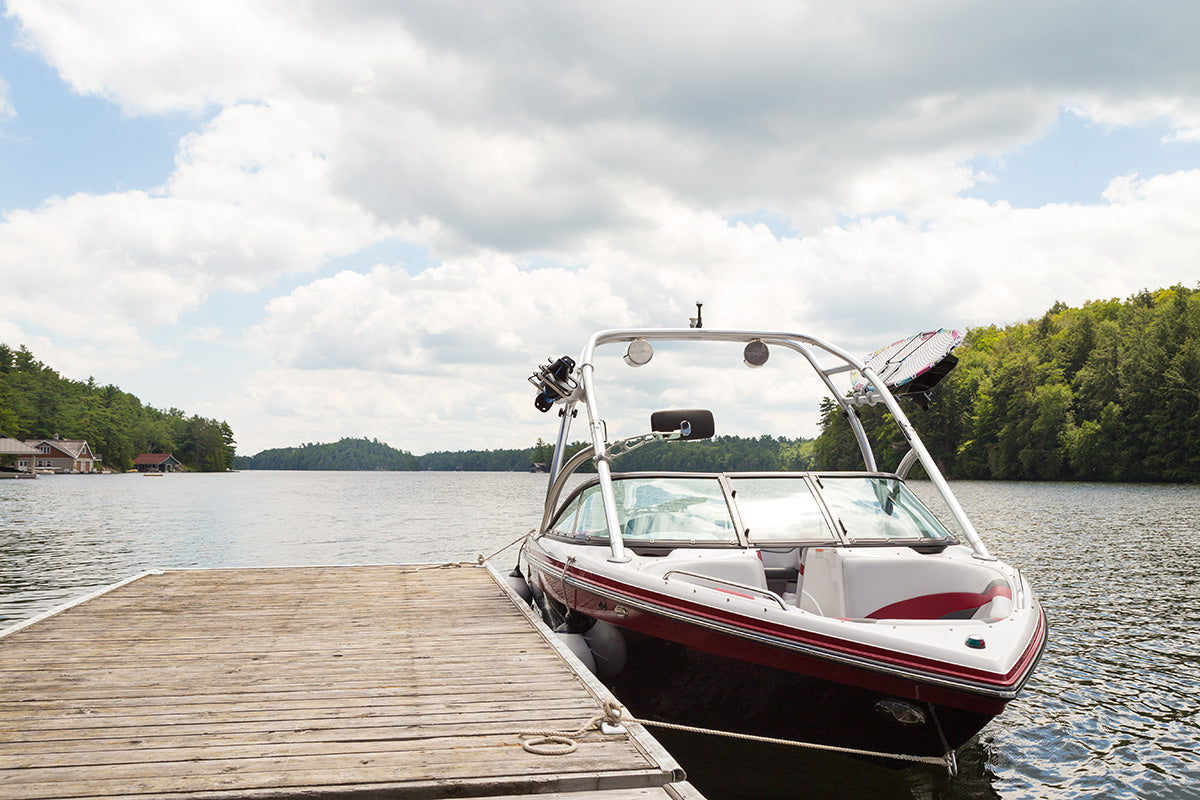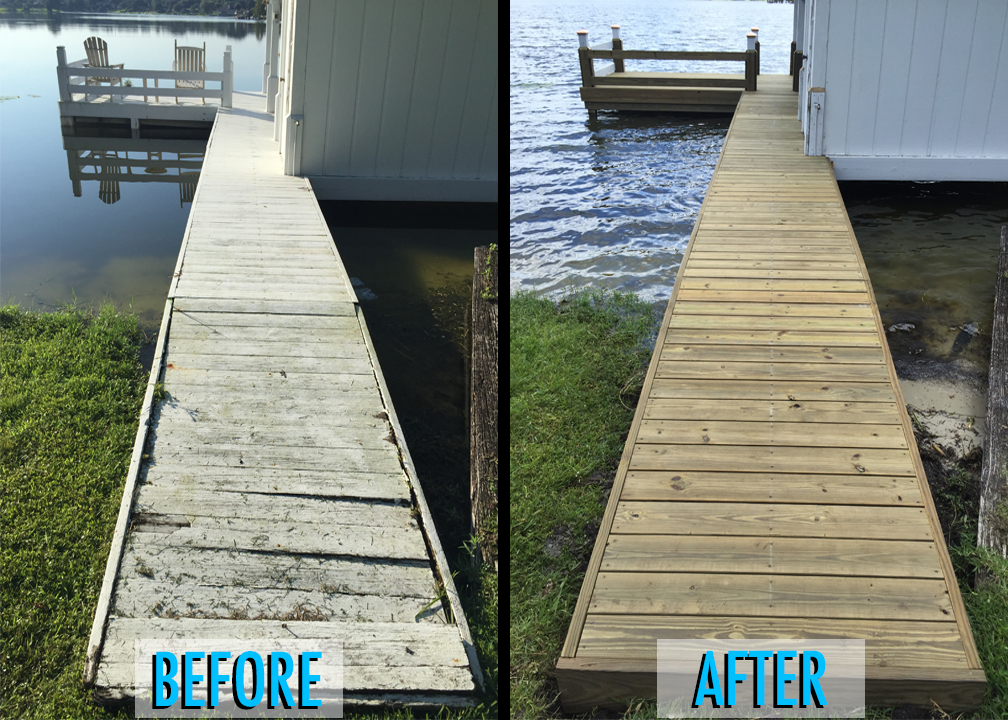Comprehending the Prices Involved in Dock Repairs
Comprehending the Prices Involved in Dock Repairs
Blog Article
Efficient Dock Repair Service Techniques: Ensuring Structural Integrity
Making certain the structural integrity of docks with efficient repair work techniques is paramount for the durability and safety of aquatic centers. This includes a multi-faceted method beginning with thorough inspections utilizing innovative modern technologies like finder tools and from another location ran vehicles (ROVs) to spot both visible and concealed problems. Consequently, selecting the appropriate repair work products, such as corrosion-resistant alloys and composite materials, is critical for toughness. Architectural reinforcement methods, including the execution of cross-bracing systems and load-distribution plates, play a vital duty in mitigating anxiety points. The importance of these strategies becomes noticeable when checking out sophisticated repair work approaches and preventative maintenance techniques.
Examining Dock Damage
Analyzing dock damages is a critical first step in ensuring the architectural stability and safety of any type of docking center. Trick facets to analyze consist of the dock's structure, pilings, outdoor decking, and equipment (Dock Repairs).
Architectural designers or certified inspectors usually execute these analyses using specialized strategies and tools. Underwater evaluations might utilize sonar equipment or remotely ran cars (ROVs) to spot submerged damage. Above water, aesthetic inspections are matched by utilizing moisture meters and other diagnostic tools to discover underlying problems not instantly noticeable to the nude eye.

Picking Repair Products
Choosing the ideal fixing materials is a crucial action in the dock restoration procedure, one that straight affects the durability and efficiency of the fixed framework. Product selection should be driven by factors such as ecological problems, load-bearing requirements, and compatibility with existing dock components. For instance, timber is a traditional option for docks as a result of its natural resilience and visual appeal. Nonetheless, selecting the appropriate sort of wood, such as pressure-treated lumber or normally rot-resistant varieties like cedar or teak, is essential to hold up against aquatic atmospheres.
Along with wood, composite materials are progressively preferred due to their longevity and reduced upkeep demands. Compounds, usually made from a blend of plastic and timber fibers, supply outstanding resistance to rot, pests, and UV damage. For metal docks, picking corrosion-resistant alloys such as galvanized steel or marine-grade aluminum is vital to avoid rust and ensure structural honesty in saline water conditions.
Epoxy materials and marine-grade sealants are crucial for repairing splits and sealing joints, offering a water-proof obstacle and improving the dock's general toughness. By carefully choosing premium materials, dock repair services can achieve lasting results, consequently protecting against future deterioration and guaranteeing safe, trusted use.
Architectural Support Strategies
Efficient structural support methods are vital in making sure the security and longevity of dock repair work. One fundamental approach involves the usage of steel or composite reinforcement bars (rebar) within concrete structures. Rebar provides additional tensile toughness, avoiding fractures and distributing tons extra equally. This approach is specifically efficient for anchors subjected to hefty loads or rough ecological problems.
Another essential technique is the application of fiber-reinforced polymers (FRP) These materials provide high strength-to-weight proportions and outstanding resistance to rust, making them suitable for strengthening wooden or concrete anchors. FRP can be used in sheets or strips and adhered with epoxy resins to boost architectural stability.
Bracing and securing systems also play an important duty in architectural reinforcement. Cross-bracing, making use of metal or wood beams, can counteract lateral forces, reducing persuading and motion. Anchoring systems, such as helical piers or driven heaps, supply a steady foundation by moving tons to much deeper, a lot more secure dirt layers.
Finally, the integration of load-distribution plates can help disperse weight a lot more evenly throughout the dock's surface area, minimizing localized stress and anxiety points. These techniques jointly ensure that anchors stay durable and secure, with the ability of holding up against the rigors of their operational setting.
Advanced Fixing Approaches

Another innovative method entails underwater welding, which enables repair services to be performed without the need to dewater the area. This method is especially useful for resolving architectural problems in immersed dock parts, guaranteeing minimal disturbance to operations. Boosted welding strategies, paired with robot systems, provide precision and integrity, thus prolonging the life expectancy of the dock.
Additionally, cathodic protection systems are implemented to protect against deterioration in metallic dock structures. By utilizing sacrificial anodes or amazed current systems, these methods properly mitigate the electrochemical processes that bring about material damage.
Lastly, progressed monitoring technologies, such as architectural health monitoring (SHM) systems, give real-time information on the condition of dock structures. These systems enable proactive maintenance and timely interventions, ultimately making certain the long-lasting architectural stability i thought about this of the dock.
Maintenance and Avoidance
Upkeep and avoidance are essential principles that underpin the longevity and safety of dock frameworks. Routine assessments are vital, permitting for very early detection of damage, possible weak points, and ecological impacts. A positive technique, entailing routine look for deterioration, rot, and structural shifts, alleviates costly repair services and prolongs the dock's operational life.
Safety nets should consist of applying protective finishes to metal parts to defend against rust and making use of cured timber to resist degeneration. In addition, ensuring correct drain and ventilation can stop water accumulation, which is a common cause of architectural destruction. Integrating top quality products and adhering to maker standards throughout construction and repair Recommended Site service stages also play important functions in boosting sturdiness.

Training employees in dock upkeep finest techniques guarantees consistent application of precautionary procedures. Leveraging technological developments, such as drones for assessments and sensors for real-time monitoring, can further enhance maintenance initiatives. By focusing on maintenance and prevention, dock owners can make sure structural integrity, functional safety, and economical management over the dock's life-span.
Final Thought
To conclude, keeping the structural integrity of aquatic facilities necessitates thorough dock repair service strategies. Complete assessments making use of advanced devices discover both noticeable and hid problems, while the selection of proper repair materials enhances durability. Applying structural support methods addresses stress and anxiety factors effectively. Advanced repair work techniques, paired with routine upkeep practices, make sure the dock remains functional and safe under diverse ecological problems. Taking on these strategies considerably lengthens the life-span and performance of aquatic infrastructure.
Making certain the architectural integrity of docks via effective fixing techniques is critical for the durability and safety of marine centers.Picking the ideal repair materials is a crucial step in the dock restoration process, one that straight affects the long life and performance of the repaired framework.Reliable structural reinforcement strategies are important in guaranteeing the stability and long life pop over to this web-site of dock repair services. By prioritizing maintenance and prevention, dock proprietors can make certain architectural integrity, functional safety and security, and affordable administration over the dock's lifespan.
In conclusion, maintaining the architectural integrity of aquatic centers demands comprehensive dock repair methods.
Report this page